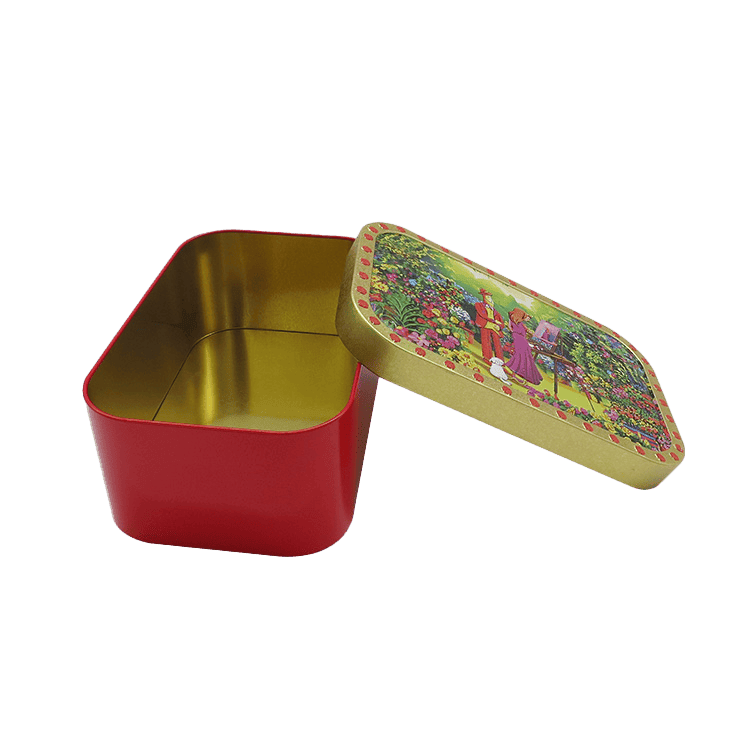
Creating collectible tins adorned with famous artwork combines the worlds of fine art and functional design. This requires a thoughtful approach to ensure respect for the original art while creating a desirable collectible item. Below are some design suggestions tailored to this concept:
### 1. **Elegant Simplicity**
- **Design Philosophy**: Let the artwork be the focal point. Use simple, elegant tin shapes and allow the art to cover the majority of the surface. Avoid cluttering the design with unnecessary elements.
- **Materials**: Opt for high-quality, matte or subtly glossy finishes that complement the artwork. The goal is to mimic the texture and feel of a canvas or the original medium as closely as possible.
### 2. **Art Period Themes**
- **Design Concept**: Group tins by art movements—Impressionism, Renaissance, Modernism, etc. Each tin in a series can feature a notable piece from that period, with the tin design reflecting the distinctive style and color palette of the movement.
- **Educational Element**: Include a small booklet or a QR code linking to an online resource with information about the art movement, the featured artwork, and the artist. This adds value for collectors and art enthusiasts alike.
### 3. **Interactive Art Pieces**
- **Design Feature**: Create tins with interactive elements inspired by the artwork. For example, a tin featuring a Cubist painting could have faceted sides, playing with the concept of perspective and view.
- **Engagement**: Consider incorporating puzzles or challenges into the design, such as rearranging panels to complete the artwork or hidden compartments revealing more about the artist's life or technique.
### 4. **Limited Editions**
- **Scarcity**: Release limited edition tins for special anniversaries of the artist's birth or death, or historic milestones related to the artwork. Limited runs increase collectibility and desirability.
- **Authentication**: Provide a certificate of authenticity with each tin, detailing the edition number and specific information about the artwork and artist.

### 5. **Collaboration with Museums and Galleries**
- **Partnership**: Work with institutions that house the original artworks to ensure accuracy and respect for the piece. This could also involve sharing a portion of the proceeds with the institution.
- **Exclusive Access**: Offer collectors exclusive content or virtual tours related to the artwork or the artist, accessed through purchasing the tin.
### 6. **Augmented Reality (AR) Features**
- **Technology Integration**: Utilize AR to bring the artwork on the tin to life. Scanning the tin with a smartphone could reveal interesting facts, show the artwork in its original setting, or provide an AR experience of stepping into the painting.
### 7. **Artisanal Touches**
- **Craftsmanship**: For high-end collectors, consider editions where elements of the tin or the entire piece are handcrafted or finished, adding a unique touch that mirrors the uniqueness of the original artwork.
- **Packaging**: Design the packaging to be as collectible as the tin itself, using materials and textures that evoke the era of the artwork. Luxurious touches like silk-lined boxes can elevate the unboxing experience.
### 8. **Sustainability**
- **Materials and Process**: Use eco-friendly materials and processes in the production of the tins, aligning with the growing consumer desire for sustainability. Highlight these efforts in the product story to add value.
Designing collectible tins with famous artwork is an exercise in balance—between honoring the original art, creating a functional item, and ensuring collectibility. Each design decision should enhance the connection between the owner and the art, making these tins not just containers, but treasures.